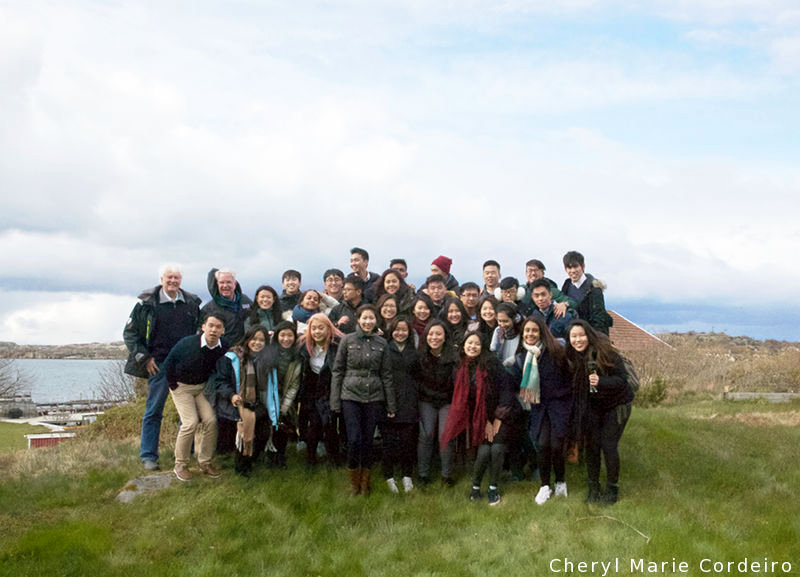The Singapore Management University (SMU) Business Study Mission (BSM) Scandinavia 2017 group visits the Swedish west coast.
The group is led by Tom Estad, Associate Dean Undergraduate Student Matters, and Academic Director, SMU.
Text & Photo © JE Nilsson, CM Cordeiro, J Hagman, Sweden 2017
One my own personal highlights of spring is to meet with students of the Singapore Management University (SMU) Business Study Mission (BSM) Scandinavia. Led by Tom Estad, Associate Dean for Student Matters and Academic Director at SMU, the programme is dynamic in its approach towards teaching and student learning. A core philosophy of SMU is to increase efforts towards interdisciplinary programmes, outside of classroom experiences for students and helping individuals cultivate lifelong learning skills. In hosting the Straits Times (ST) Education Forum 2017 and discussing the future scenario of work, SMU, as an institution of higher education, is explicit in its efforts of striving to be an ecosphere where individuals can ”learn how to learn” [1].
The BSM Scandinavia programme by Tom Estad at the Lee Kong Chian School of Business, bolsters several pillars of SMU’s 2025 vision. Having students travel outside of Singapore into the Nordic region presents them not just with new ways of doing and seeing, but helps them foster a pluri-perspective lifelong curiosity. The programme has a holistic approach. Apart from visiting companies located in Scandinavia, students are encouraged to get culturally immersed by learning the local, culture and language. When visiting Sweden, their visit to Styrsö, an island along the Swedish west coast is helpful in visualising the historical context of peaceful trade between Sweden and East, Southeast-Asia for example. It was through these waters outside of Styrsö that the original Swedish East India ships in the 1700s would depart from the North sea, towards Canton, China.
Part of the fun in contributing to this experience by hosting this delegation is to introduce and have the students sample some traditional Swedish culinary fare. In particular, food from the time of the Swedish East Indiaman trading company from the early from the early 1700s to 1800s. For some in the group, this would have been their first time in Sweden. Their sampling of the local fare had also given rise to the realisation that the fairly homogeneous Swedish meatballs, served with potatoes and lingonberry jam as part of the global IKEA dining experience, can in fact be quite variable in individual Swedish households.
Learning is a dialogic process. It was equally intriguing for me to realise that lutfisk, described by R.L.M. Synge (1914-1994), a British biochemist who in 1952 shared the Nobel Prize for Chemistry with A.J.P. Martin, as a ”nauseating centrepiece of the Scandinavian Christmas dinner” [2:109], was deemed completely edible by this group of SMU BSM Scandinavia 2017 students. If culinary curiosity and venturesome could be an indicator of the foundations to lifelong learning, it would be that SMU is well on track in achieving their vision 2025 [3].
Group photo in the garden.
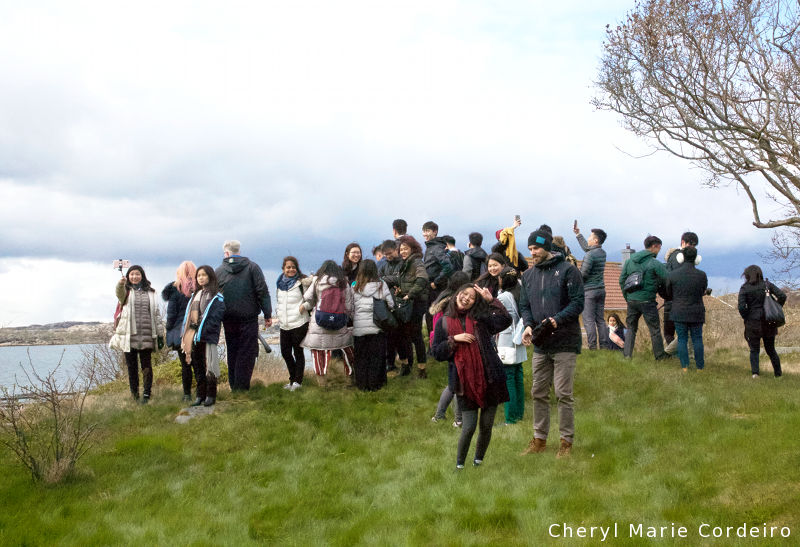


A brief outdoor lecture on the Swedish East India trade between Sweden and East Asia by JE Nilsson, followed by a serving of the original ships drink served on board as a cure for scurvy – a blend of alcohol, sugar and lemon, heated by a glowing cannon ball – that eventually become famous as ’punsch’.

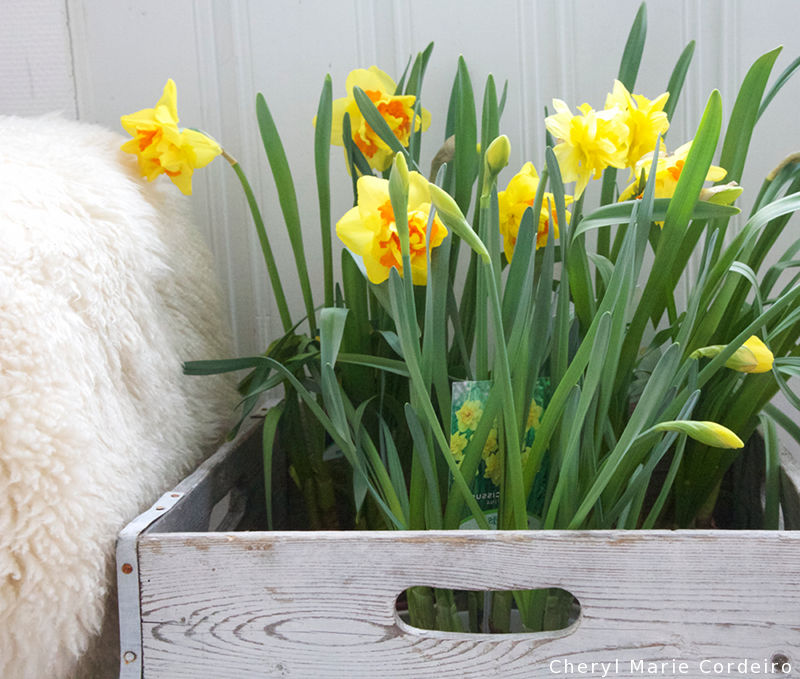

The SMU BSM Scandinavia Styrsö visit menu. Not mentioned on the menu but served as a surprise was the oldest uniquely traditional Swedish dish, sun dried ’lutfisk’.
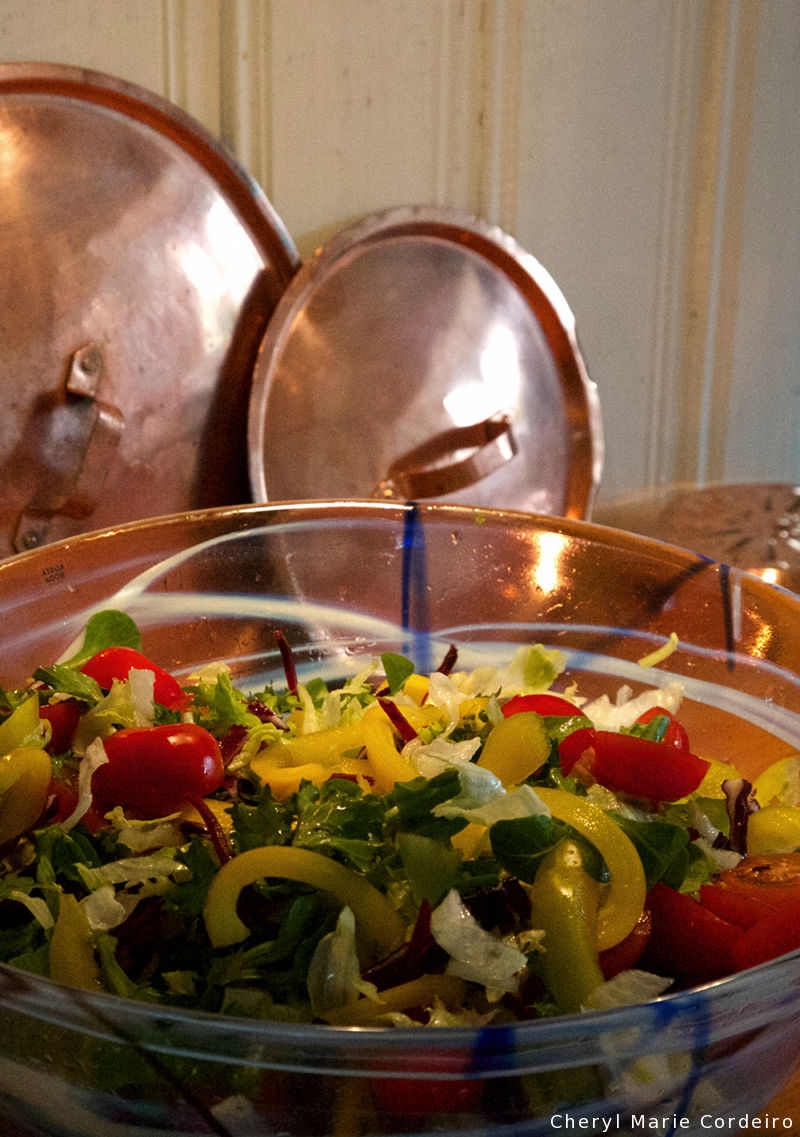
Salad
Any vegetable was hard to come by during the long winters in Sweden in the olden days. A vitamin C deficiency sickness called scurvy was a common problem, actually on land as well as on board ships traveling long distances.
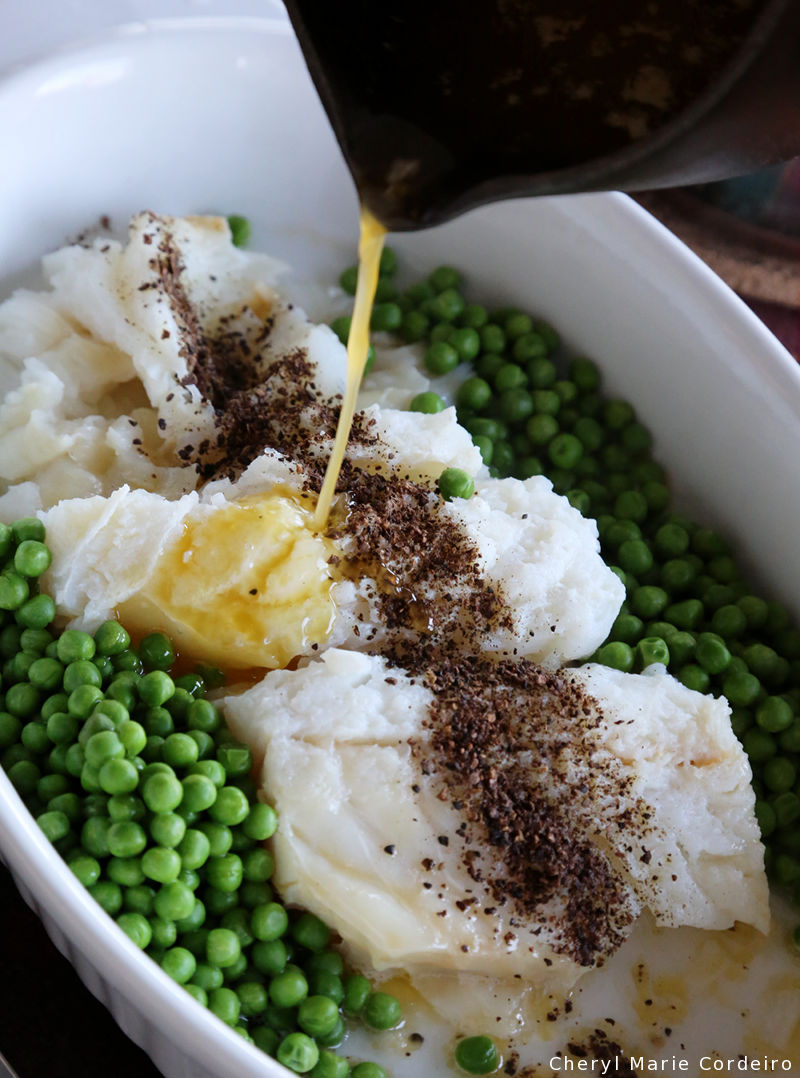
Lutfisk
A ”nauseating centrepiece of the Scandinavian Christmas dinner”, as described by 1952 Nobel Prize winner in Chemistry, Synge (1977:109). Although traditionally served at the Swedish julbord during Christmas, this rock hard and dried fish, with the consistency of wood, made up about 25% of the sailor fare during their long voyages to China and back by the Swedish East India company (1731-1813). When served it was soaked in water and lye to make it soft and edible.
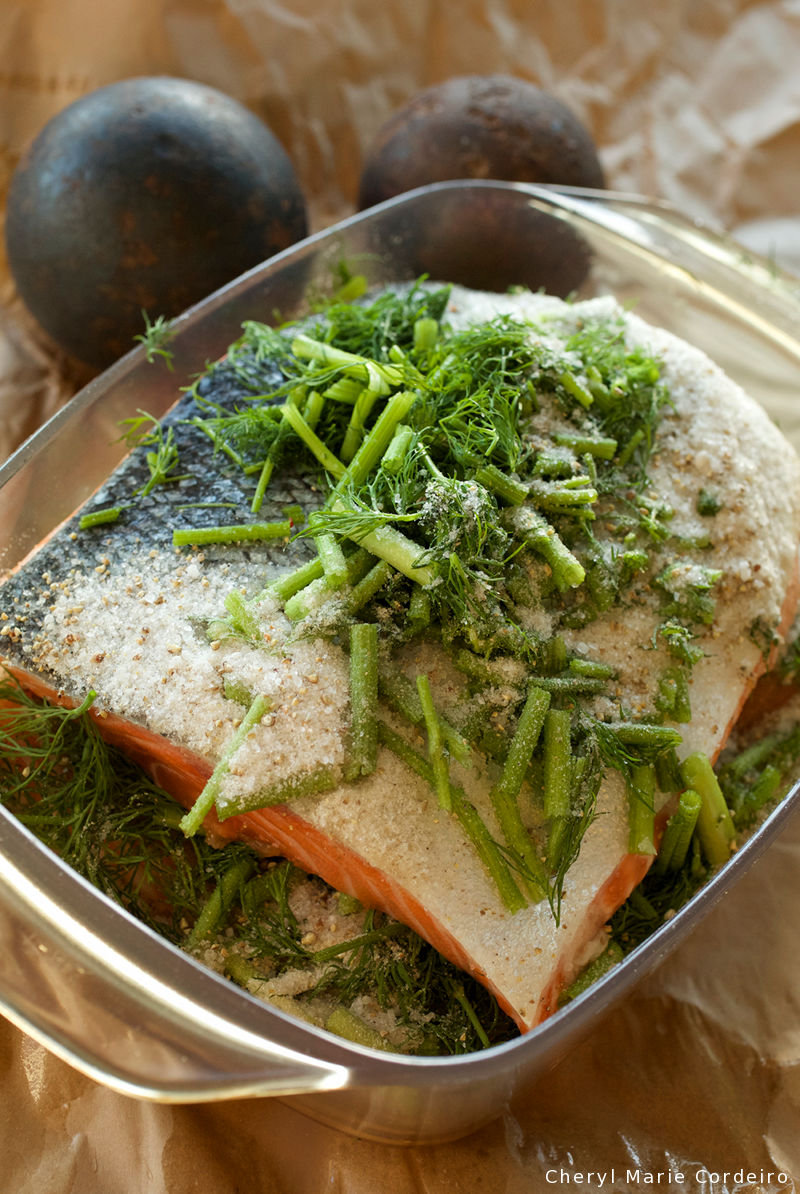
Gravad lax.
”Weight the fish down by a cannon ball during pickling …” – read the old instructions on how to make Swedish gravad lax. I would say that nobody remembers why anymore, but it is still done as prescribed. Maybe it is just to hold down the fish and keep it away from the air, and then you grab any heavy object at hand within easy reach, like a cast iron cannon ball?
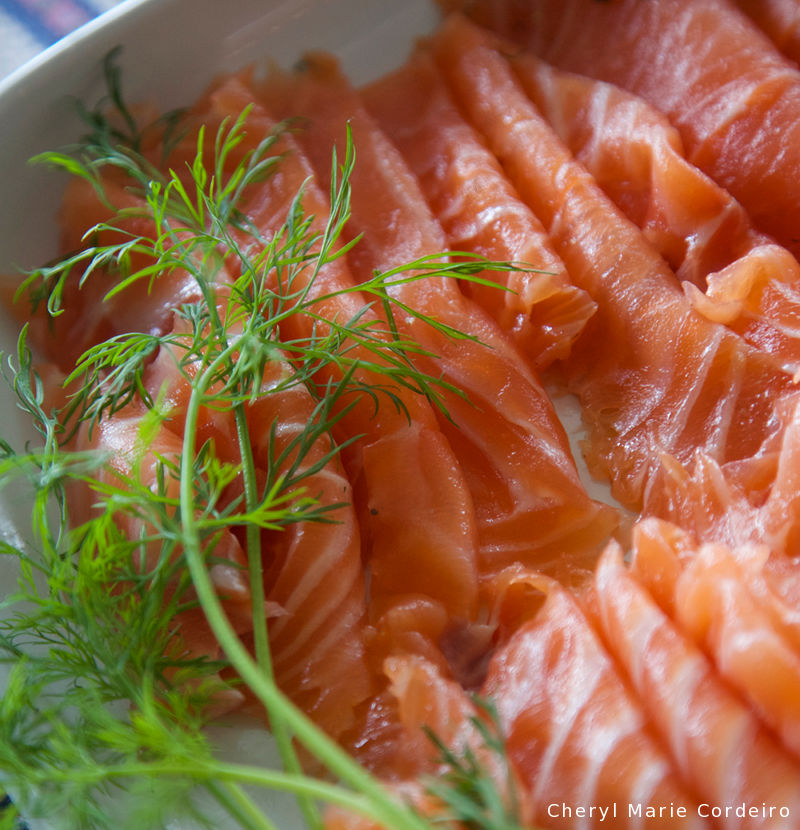
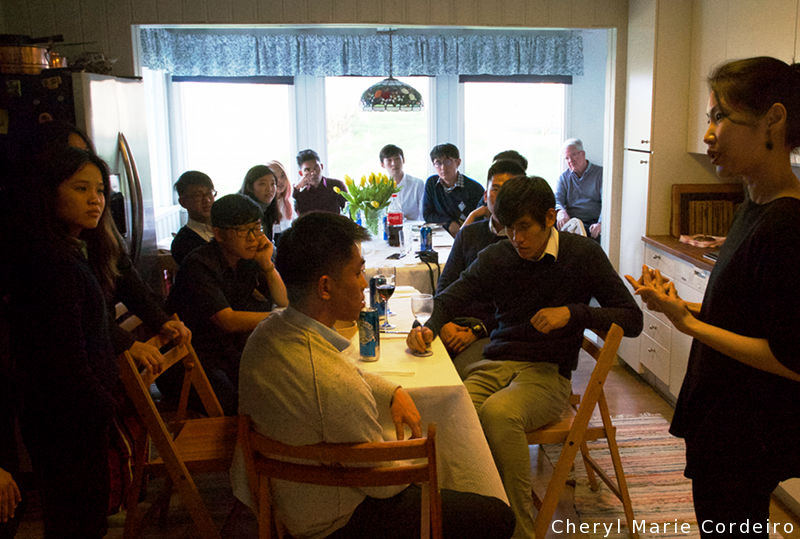
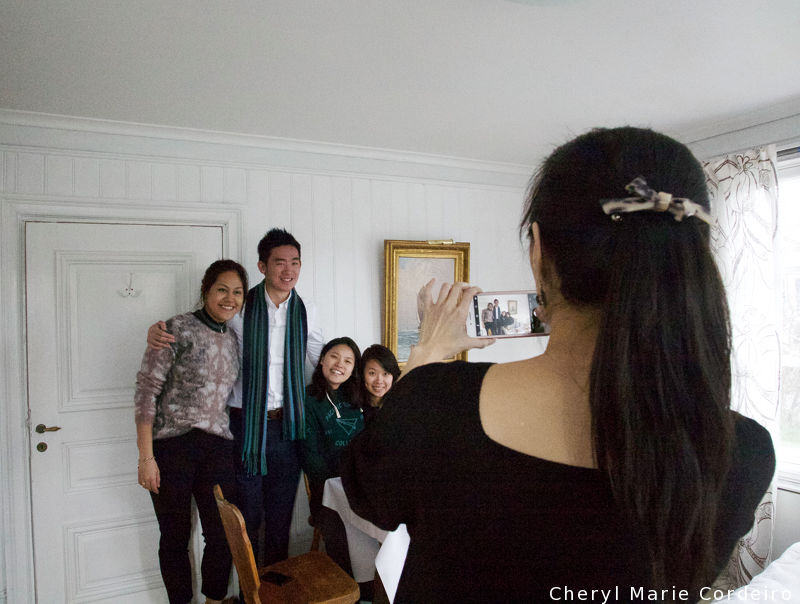
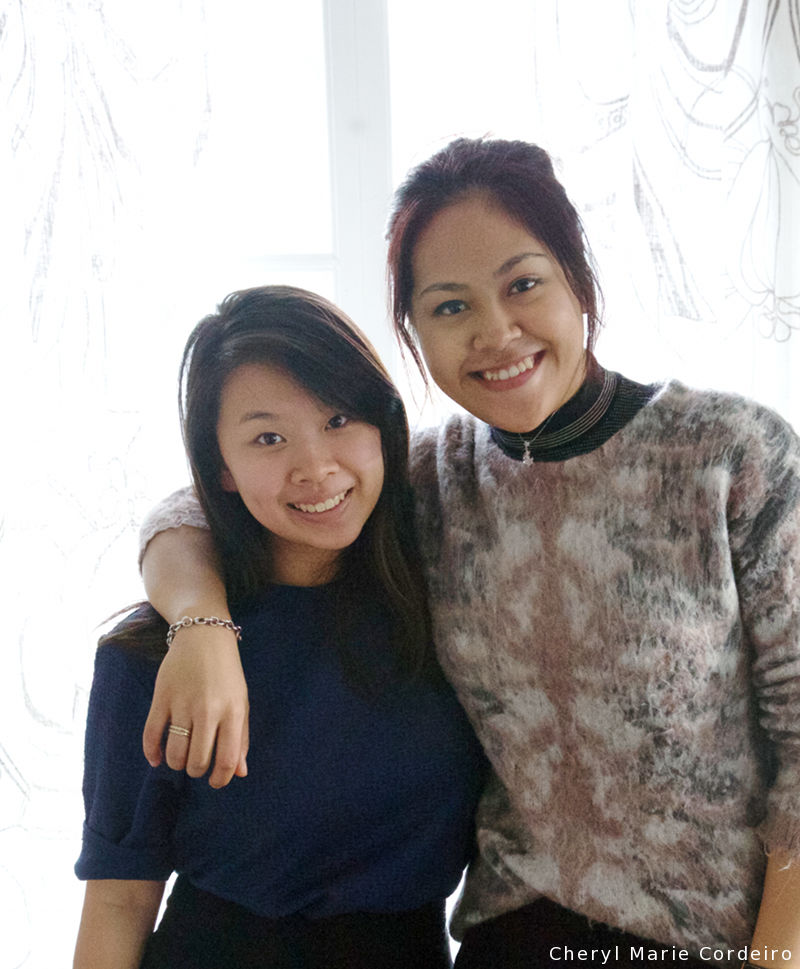
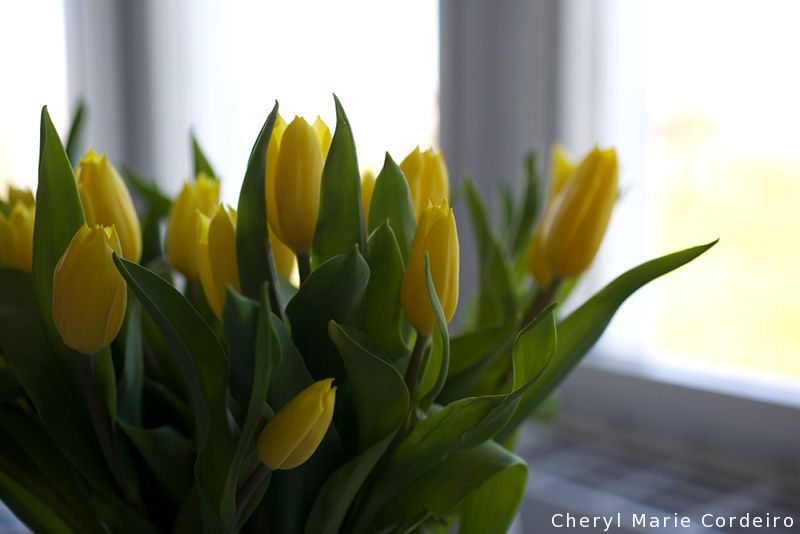
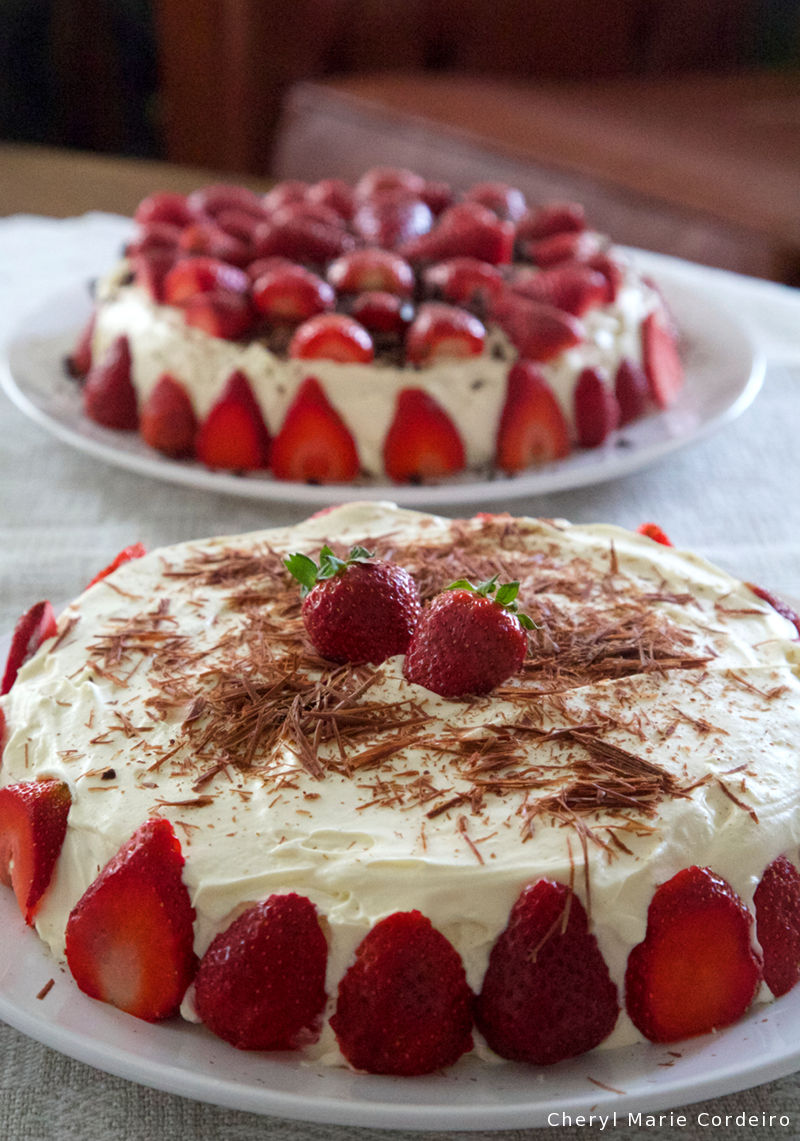
Strawberry cake, typically served in variations across Swedish households during the summer months.
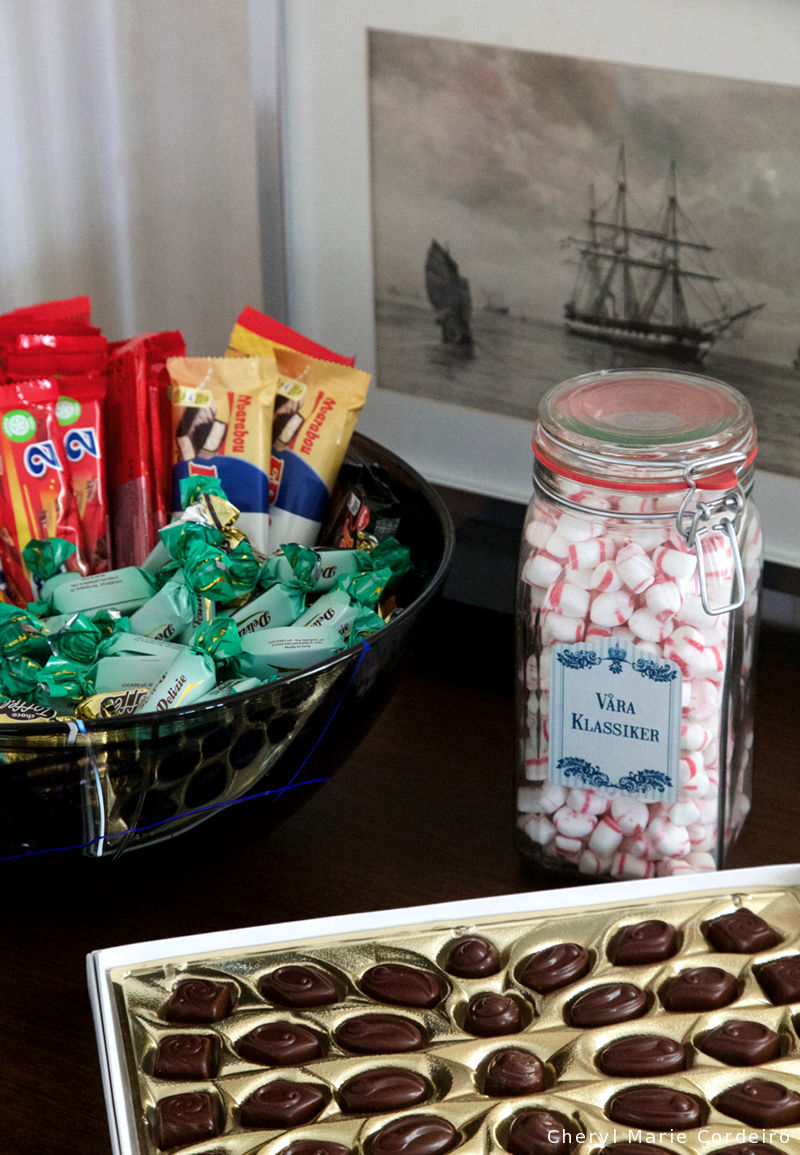
Marabou and the traditional Swedish red and white polkagris. Marabou was established in 1919 in Sunbyberg just outside of Stockholm. Its first factory ushered in a new era for Swedish chocolates.
References
[1] De Meyer, A. (2017). The future of work, SMU hosts ST Education Forum 2017. Singapore Management University, 31 Mar. 2017. Internet resource at http://bit.ly/2ql648G. Retrieved 30 Apr. 2017.
[2] Synge, R. (1977). The problem of assessing the safety of novel protein-rich foods. Proceedings of the Nutrition Society, 36(1), 107-111, p.109.
[3] SMU (2016). SMU accelerates towards vision 2025, President’s state of the University address 2016 energises the SMU community. Singapore Management University 30 Aug. 2016. Internet resource at http://bit.ly/2px0Itb. Retrieved 30 Apr. 2017.
